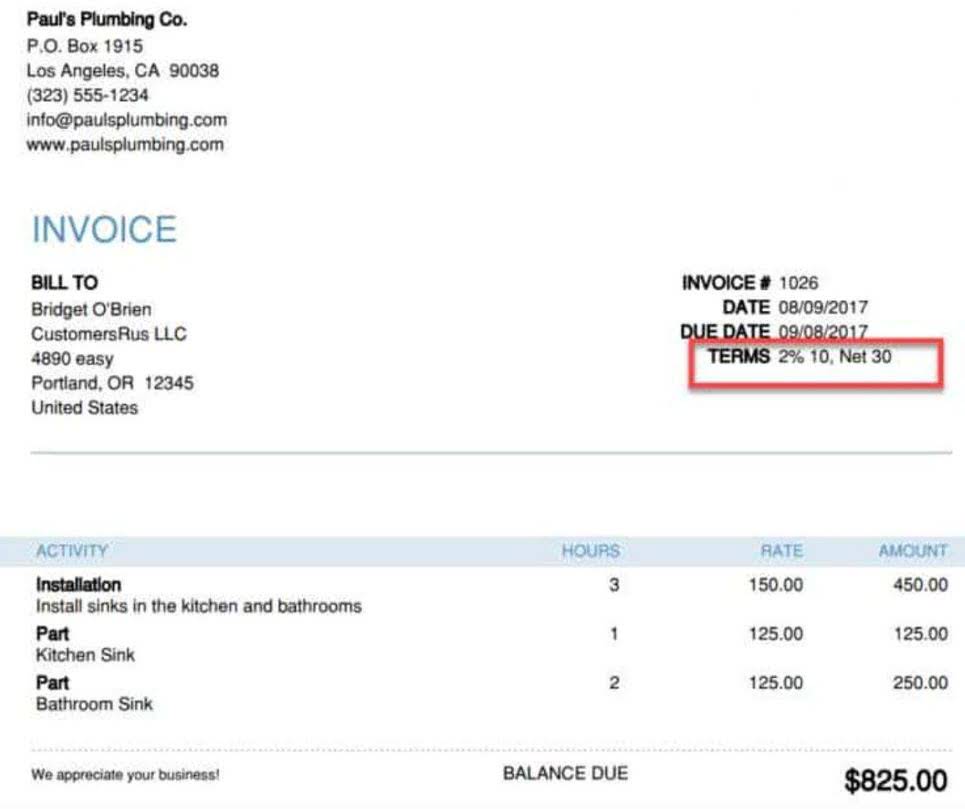How to Create a Robust Startup Financial Model Tips and Examples

As will sales, however, it’s useful to examine healthy competitors and use their numbers as a guide until you have time to accumulate your own data. Knowing you’ll be in such diverse and https://www.bookstime.com/ ambitious company might make the idea of a startup even more compelling. Small Business Administration (SBA) reports that around 20% of small businesses fail within their first year.

The Role Of Financial Forecasting In Different Business Decisions
- Because financial forecasting provides grounded data about your business’s growth, it guides your team to collaborate on important milestones.
- While the overall goal of most companies is to maximize net profit, a SaaS startup may have that as a long-term objective only.
- To captivate investor interest, incorporate key aspects of your financial model into a pitch deck.
- That’s why business-critical tasks like accurate and complete financial projections are so important to startups in particular.
- Building a financial model for your startup might sound like you’re trying to predict the future with a crystal ball.
This is why, when creating financial projections, there should be ample allowance for unexpected delays, costs, or product fixes. COGS aren’t the only costs incurred by a business, and we need to project other expenses to get an accurate forecast of the overall profitability of a company. Operating expenses are costs like marketing campaigns, HR or management spend, travel expenses, professional memberships, rent, utilities, and employee benefits such as health insurance. If you nailed your headcount forecast earlier, salaries for employees should flow into your payroll, benefits and payroll tax line items. For a sales-led company, a sales capacity model can help plan your top-line by using sales rep performance to forecast future bookings. If a top-down approach is better suited to your company, the ARR snowball model uses historical trend data to project future growth.

Business Growth And Expansion
The journey towards establishing financial trustworthiness is based on cautious estimations. By balancing the zeal of entrepreneurship with a necessary infusion of practicality, you confirm that your predictions are grounded in feasibility and garner the confidence of savvy investors. Such an examination serves as an essential milestone along your financial path, signifying the point at which your startup harnesses enough momentum in its sails to be propelled by full-fledged profits. Since many of our assumptions will tell us things like how much revenue we might have, it will also provide some initial guidance on how much we can spend in certain categories in order to get to a break-even point. Over time the assumptions will be replaced with actual data that we will keep up to date. Our focus here is to track how much revenue and expense we have on any given month, but that doesn’t tell us how much cash we have left in the bank.
AP & FINANCE

Financial projections are more difficult to get right, and at the same time, they’re also much more important to the longevity of the business. It’s those forecasts and the progress towards making them a reality Financial Forecasting For Startups that attract potential investors. Use one of these profit and loss (P&L) templates to systematically track income and expenses, giving you a clear picture of your company’s profitability over a specific period.
- Use benchmarks from similar companies to gauge how your expenses might scale.
- Inaccurate calculations will produce misleading and potentially harmful data.
- Estimating future assets, liabilities, and equity provides a snapshot of your company’s financial position at a specific point in time.
- An effective strategy involves breaking down complex financial statements into digestible insights.
- They provide a clear picture of your expected revenue growth and operating expenses.
- Our financial planning software for startups also includes the usage of different business models to build up your revenue forecast.
You can plan for future expenses and ensure you have the necessary resources to support expansion. You avoid stretching your finances too thin and can grow at a sustainable pace. This careful management supports long-term success and stability for your startup.
As your startup grows, financial management can become increasingly complex. Hiring or consulting with financial experts can provide valuable insights and guidance. These professionals can help you navigate regulatory requirements, optimize tax strategies, and develop sophisticated financial models. Their expertise ensures your financial planning remains robust and aligned with your business goals.
Therefore, below we present four elements that support a startup’s financial model. The final potential input sheet of a startup’s financial model could be a financing module. In this sheet you would add financing streams such as equity, loans or subsidies.

Step 4: Finalize Projections



